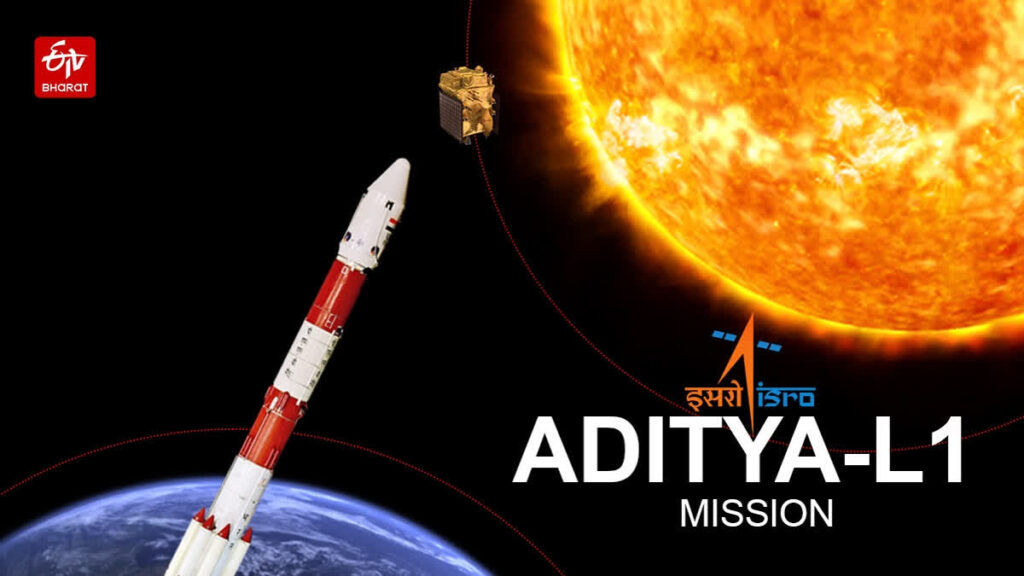
In a monumental moment, the Indian Space Research Organization (ISRO) has marked a significant milestone with the successful launch of the nation’s inaugural Observatory Class Solar Expedition, the Aditya-L1. This achievement follows closely on the heels of India’s historic accomplishment as the first nation to land on the Moon’s south pole via the Chandrayaan-3 Lunar Mission. Now, India adds another remarkable feat to its space exploration endeavors with the triumphant launch of the Aditya-L1 Solar Mission, poised to etch its name once again in the annals of history. Distinguished as the first of its kind, this mission will orbit the solar disk in the near UV band of the Sun.
Aditya-L1 Solar Mission: A Successful Launch
Precisely at 11:50 AM IST today, the PSLV-C57, the 25th PSLV-XL rocket, embarked on its journey from the Satish Dhawan Space Center SHAR (SDSC-SHAR) in Sriharikota, carrying the Aditya-L1 Observatory Class Satellite. As the rocket ascended, it left behind a trail of thick white fumes against the backdrop of the bright day sky. The ISRO Mission Control reported that the liftoff proceeded as anticipated, with all vital signals from the PSLV-C57 rocket registering as normal.

Within a mere 53 seconds, the rocket had successfully reached its intended altitude of 185 kilometers, while the second and third stages of the PSLV rocket separated seamlessly. By 12:11 AM IST, the Aditya-L1 solar mission entered its designated PS4 coasting phase. This momentous mission is poised to extend over four months, making it one of ISRO’s lengthiest undertakings.
The entire duration of the launch, from liftoff until Aditya-L1’s ejection point, is expected to take approximately 73 minutes. During this time, the PSLV-C57 rocket will undergo two shutdowns in the fourth stage, allowing it to navigate along its intended trajectory for roughly 30 minutes (approximately 26 minutes initially and an additional 3 to 4 minutes). Aditya-L1’s Flight Plan outlines ISRO Mission Control’s role in facilitating this critical phase.

With its maiden Solar Mission, ISRO’s objective is to explore the outermost layer of the Sun, known as the Corona, and engage in in-situ experimentation to gain insights into the particle dynamics of the Sun. This endeavor will be executed from a halo orbit situated around the Sun-Earth Lagrangian point 1 (L1). The PSLV-C57 spacecraft will traverse an approximate distance of 1.5 million kilometers from Earth and will carry seven crucial payloads to achieve this mission’s goals. This will empower ISRO to study the behavior and impact of solar storms and provide real-time detection capabilities.
In this ambitious solar mission, India joins the ranks of Japan, the United States, and the European Space Agency (ESA), all of whom have been closely observing the fiery celestial body. As Aditya-L1 embarks on its extraordinary journey, we remain committed to providing the latest updates. In the meantime, we invite you to share your thoughts on India’s pioneering Solar Mission in the comments section below.

0 Comments